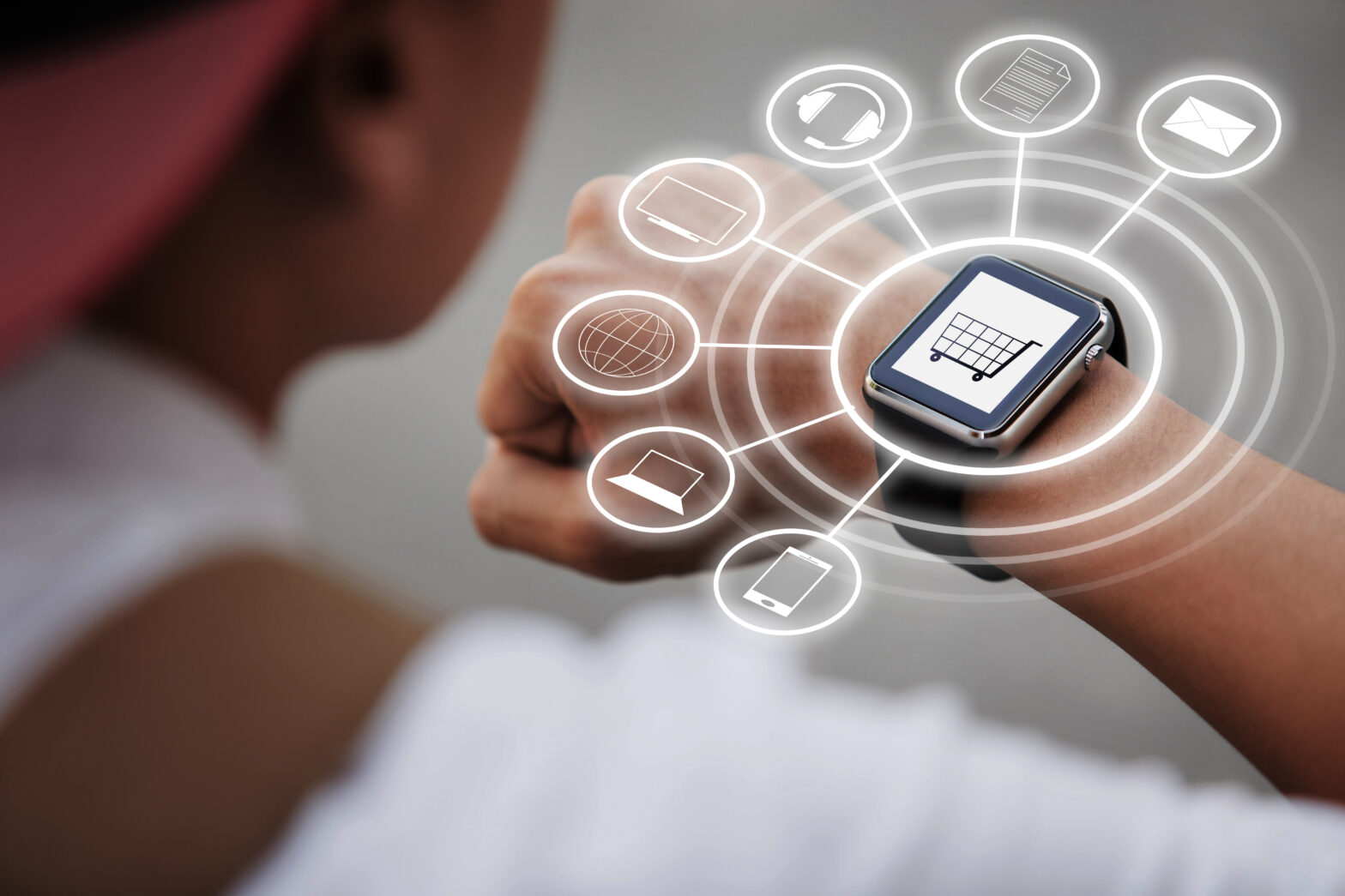What is omnichannel? Is it simply a buzzword, or is there more to the term for small businesses? Today, retail giants like Amazon are seen as the main reason why many traditional brick and mortar stores struggle. But it’s telling that Amazon has invested $14 billion into physical retail locations, with the recent purchase of Whole Foods, representing a major move towards ‘omnichannel retailing’.
The move by the world’s largest e-commerce brand now equips them with over 400 physical locations. Despite huge success online, retailers like Amazon are realising there is no substitute for human interaction and actively creating strong online and offline shopping experiences. The revolution of retail calls for small businesses to adapt and embrace the need for interaction between the physical and digital worlds.
There are five key reasons why it is critical for retailers to have a strong in-store experience and digital presence. In other words, an omnichannel solution:
Discovery and brand awareness
With the rise of digital, e-commerce shopping became integral for physical stores trying keep up with the market.
While an online presence is still as essential as ever, today’s digital experience for e-commerce has become the greatest catalyst for in-store traffic, with websites being used to interact with physical stores regarding information such as stock levels and operating hours.
And it’s not just a shift of the purchasing experience for customers. Today, mobile devices dominate how a brand or store is discovered and how well the in-store experience is perceived. Having a strong digital presence is now equally as important as having the right physical location for a store. Fast-forward to today’s path to purchase, and the majority of shoppers begin their commerce journey via a smartphone. Independents who have been successful during this transition have been those who have recognised the importance of delivering a complete, 360 degree experience for customers, both on and offline.
Mobility and driving in-store traffic
Consumers see the importance of retailers offering multiple ways to purchase products, which includes online and home delivery but also picking up in-store — a trend that is a major driver of the omnichannel experience. It is critical to embrace this process in an effort to take a larger share of this new buying process and enhance the in-store pick up experience. This is a great way to generate customer value and build positive sentiment towards your brand, which could prove beneficial in an era dominated by social media.
Some points to consider when looking at the fulfilment of orders:
Ensure in-store pickup locations are clearly defined
Employees should double check items being picked up by customers before they leave
Now, the fun part to delight your customers and leave them wanting more.
What about a little appreciation? Often a forgotten art, a handwritten thank you note with the item thanking the customer for their custom will go a long way
Maybe samples? Including a sample of beauty products, fragrances, or even some sweets add a personal touch that can go a long way too. This is also a great way to up-sell and showcase additional items relevant to the purchase
Why not ask for some feedback from customers about their shopping experience? This will provide another opportunity to deliver superior customer service (and potentially lead to more purchases).
Social selling
Purchasing and the discovery of products expands beyond your website. So it’s important to consider how you can use social media to generate interest and drive revenue. Reviews and referrals from social media, as well as those from a personal network, are highly valued by consumers.
Social media referral traffic can also have a major impact on driving traffic to your digital and physical stores and help drive up your SEO rankings with major search engines like Google. So showcase your inventory on your channels which may in turn actively encourage discussions, shares, and likes of your products — all of which are key to defining the experience for the customers.
Centralised data
Today’s market is predominantly data-driven, so integrating e-commerce data with the data available to you via your physical store enables you to better understand your customers. Picture this: a customer who purchased their favorite pair of jeans from your website enters your store, but couldn’t remember the style name. It would be fundamental to their shopping experience to be able to access their purchase history. In addition, there are many factors to consider: style, price, availability, the ability to order or pick up an item, or even return an item ordered online, in-store. With so many in-store consumers also visiting a shop’s website, you must ensure all customer touch points work seamlessly, with a centralised platform to manage it all.
Increasing sales and revenue
You’re likely to see an immediate rise in sales when introducing a centralised platform but you’ll also see an impact on customer retention, which is fundamental to long-term success. The cost of acquiring a new customer is far greater and requires much more resource than focusing on your existing customer base. With existing customers, you are already equipped with a shopper who is more familiar with your brand, the level of service you provide, and the products that are sold.
So build your independent brand and focus on the most important aspect of your business — your customers.
Laith Murad is CMO of Lightspeed





